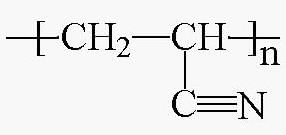Chemistry In Everyday Life & Polymers - Class 12 MCQ
30 Questions MCQ Test - Chemistry In Everyday Life & Polymers
The catalyst used in the manufacture of polyethene by Zeigler method is:
Which of the following statements is not true?
Which of the following statements is not correct?
Select the detergent that is used to prepare cosmetics.
Atiseptics are different from disinfectants as:
The number average molecular mass and mass average molecular mass of a polymer are respectivey 30.000 and 40,000. The poly dispersity index of the polymer is:
In a polymer sample, 30% of molecules have a molecular mass of 20,000, 40% have 30,000 and th erest 60,000. What is the weight average molecular mass of the polymer?
Which one of the following is not a correct match?
Which one of the following statements is not true?
Which of the following statements is not correct?
Which of the following statements is false?
Which one of the following sets form the biodegradable polymer?
Which of the following compounds is aspirin?
Which of the following is used as an antiseptic?
Which of the following can disperse benzene in water?
Detergents are known to pollute rivers and water ways. However, detergents can be made biodegradable and pollution free by taking:
Which one of the following pairs is not correctly matched?
The bakelite is made from phenol and formaldehye. The initial reaction between the two compounds is an example of:
Which of the following is an example of non-biodegradable detergent?
Which one of the following substances is a good detergent in water?



























